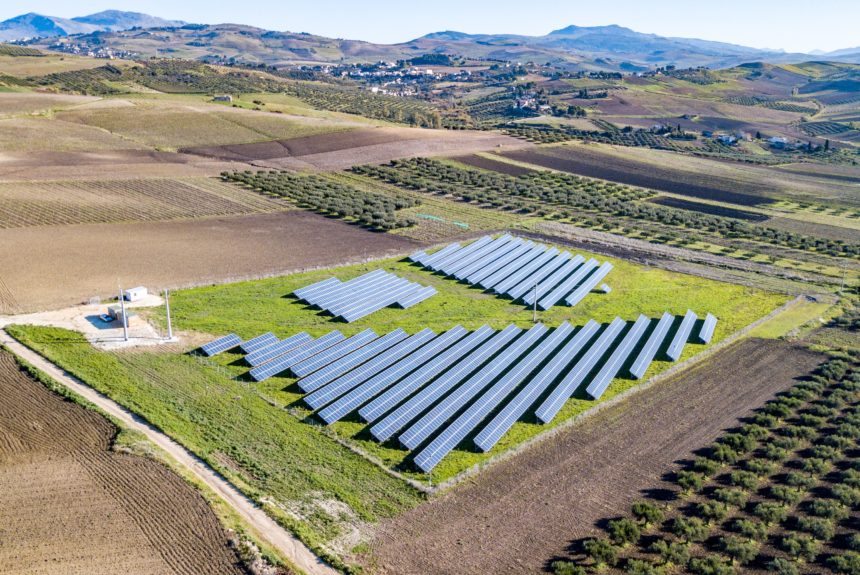Nearly every day it seems as if news reports are showcasing a new technology that could deliver affordable, zero-emissions energy. Two recent project announcements show how far technological breakthroughs of climate friendly energy sources have come, but also signify the challenges that may lie ahead for widespread deployment.
Recently, TerraPower, an advanced nuclear reactor startup founded by Bill Gates, announced that Kemmerer, Wyoming would be the location for the company’s first demonstration reactor. TerraPower is one of several advanced nuclear companies that could fundamentally change the energy landscape. The power plant is a sodium-cooled reactor that could safely power up to 400,000 homes.
On the same day, nearly 1,500 miles away in La Porte, Texas, NET Power LLC delivered zero-emissions power from a natural gas plant for the first time ever. In what CEO Ron DeGregorio called a “Wright brothers moment”, NET Power’s technology burns natural gas with pure oxygen rather than air and uses supercritical (liquid state) of CO2 rather than steam to power the turbine that drives the generator. The excess CO2 created would be pipeline ready for industrial processes like enhanced oil recovery or to pump into greenhouses to higher agricultural yields.
>>>Climate Entrepreneurship is Essential to Addressing Climate Change
The potential for a diverse, affordable low carbon power sector is promising. Natural gas, fusion, wind, solar, geothermal and batteries have all taken important technological steps forward. While it remains to be seen which technologies are cost prohibitive, it is encouraging to see scientists, engineers and financiers throwing several darts at the board for a clean energy future. The potential of TerraPower, Net Power and other transformative technologies could dramatically change the way we produce electricity and drive the transition to a low carbon economy. How quickly that happens, however, may not rest with the innovators but the regulators.
Economically viable innovations do no good if unnecessary barriers shelve their implementation. Traditional infrastructure and clean energy projects have faced lengthy delays, changes in administrations with different political objectives, NIMBY obstructionism and lawsuits.
Construction on TerraPower’s Wyoming nuclear plant will start in 2024, and the hope is the project will be online in 2028. That is the hope. Who knows what delays may stand in the project’s way? Undoubtedly, regulators must properly vet the power plant, and first-of-its-kind technologies may take longer to move through the regulatory process. But without fixing these underlying challenges that obstruct project development, 2028 could turn into 2030, or longer.
Not only does regulatory uncertainty chill investment, time and money spent jumping through regulatory hoops and fighting off litigious activists, it also means fewer resources are spent scaling up and reducing costs. Removing government barriers will empower the private sector to build back faster, cleaner and more efficiently while maintaining environmental safeguards.
Matt Yglesias, who detailed specific regulatory obstacles facing zero carbon technologies, emphasized that “Demolishing these barriers is more important than further spending on R&D and innovation. Not because no innovation is needed, but because deployability will unlock not only private R&D but also the kind of practical learning-by-doing that has taken solar from ‘this is technology that works’ to ‘this is technology that’s cheap.’”
The new infrastructure bill signed into law by President Biden should help with both. The government will spend more money on clean energy research, development and demonstration projects but will also codify permitting improvements. One of the primary obstacles to the development of traditional infrastructure, energy infrastructure and conservation efforts has been the National Environmental Policy Act or NEPA. Importantly, the bipartisan infrastructure bill would codify several NEPA reforms under the previous administration, such as the “One Federal Decision” structure. That framework designates a “lead” agency for major projects and allows relevant agencies to aggregate reviews into a single decision rather than a complicated web and timeline of conflicting reviews from many different agencies.
The improvements cemented in the infrastructure bill indicate that there is bipartisan support to address permitting delays. Congress should build on that momentum and implement reforms that create predictable, efficient pathways for new technologies to come online.
Make no mistake, the announcements from TerraPower and NET Power are positive developments. But to turn baby steps forward into leaps forward, removing government-imposed barriers to innovation, investment and deployment is essential.
The views and opinions expressed are those of the author’s and do not necessarily reflect the official policy or position of C3.
